In today’s data-driven world, keeping sensitive information safe is more important than ever. Data breaches and unauthorized access can cause serious problems, like financial losses, damage to your company’s reputation, and legal issues. To avoid these risks, businesses need strong data protection strategies. This guide is here to help data engineers, IT professionals, and security experts understand how data masking can play a crucial role in keeping sensitive information secure.
If you’re involved in data management, compliance, or software development, this guide will give you clear and practical insights into different data masking techniques. You’ll learn about the various types of data masking, how they stack up against data obfuscation and anonymization, and when each method works best. Plus, we’ll dive into sensitive data masking, providing real-world examples and use cases to show how it’s done and why it’s so important.
Introduction
Definition of Data Masking
Data masking is a process of replacing sensitive information with fictional or altered data while preserving the data’s original format and structure. This ensures that sensitive information is protected from unauthorized access, yet the data remains usable for various purposes such as development, testing, and compliance.
Importance of Data Masking in Data Security
Data masking is crucial in safeguarding sensitive data, helping organizations comply with data protection regulations and ensuring that data used in non-production environments does not expose real sensitive information. It allows businesses to leverage realistic data without compromising security.
Types of Data Masking
Static Data Masking
What Is It?
Static Data Masking (SDM) involves creating a copy of the data with sensitive information obscured. This technique is often used in non-production environments such as development and testing.
Best For:
- Development and Testing: Provides developers and testers with realistic data without exposing actual sensitive information.
- Data Analytics: Allows analysts to work with data that mimics production data without accessing real customer information.

A retail company needs to test its new customer relationship management (CRM) system. By using Static Data Masking, the company can create a non-production database that contains masked versions of real customer data, such as pseudonymized names and scrambled purchase histories. This allows developers to test system functionality without exposing actual customer details.
Dynamic Data Masking
What Is It?
Dynamic Data Masking (DDM) alters data in real-time based on user access permissions. This means sensitive data is masked on-the-fly, ensuring that unauthorized users see only the masked version of the data.
Best For:
- Real-Time Data Access: Useful for environments where real-time access to sensitive information is required.
- User-Specific Access: Allows different levels of data access based on user roles and permissions.

A financial institution uses Dynamic Data Masking to ensure that its customer service representatives can access account information for support purposes without seeing sensitive details like Social Security numbers or account balances. The system dynamically masks this data based on the representative’s access level.
On-The-Fly Data Masking
What Is It?
On-The-Fly Data Masking (OTF) dynamically masks data as it is accessed by users. It provides real-time data protection during data retrieval or application use.
Best For:
- Operational Environments: Suitable for production environments where data is accessed frequently and needs to be masked in real-time.
- Regulatory Compliance: Helps in meeting compliance requirements by ensuring data protection during access.

An online e-commerce platform implements on-the-fly data masking to protect user payment information. When customers access their transaction history, the payment details are masked in real-time to prevent unauthorized access to sensitive data.
Tokenization
What Is It?
Tokenization replaces sensitive data with unique identification symbols (tokens) that retain essential information about the data but are useless if breached.
Best For:
- Payment Processing: Commonly used in financial transactions to protect credit card information.
- Compliance: Helps meet strict regulatory requirements by removing sensitive data from the environment.

A payment gateway uses tokenization to protect credit card information. Instead of storing actual credit card numbers, the system replaces them with tokens. This ensures that even if the payment database is compromised, the attackers cannot access real credit card details.
Encryption
What Is It?
Encryption involves converting data into a secure format using algorithms that require decryption keys to access. Although not strictly masking, encryption provides strong protection for sensitive data.
Best For:
- Data Storage: Protects data at rest from unauthorized access.
- Data Transmission: Secures data in transit, such as during data exchanges over networks.

A healthcare provider uses encryption to protect patient medical records. The data is encrypted when stored and during transmission between systems, ensuring that only authorized personnel with the decryption keys can access the sensitive information.
Data Obfuscation, Anonymization, and Masking: Key Differences
Data Obfuscation
What Is It?
Data obfuscation involves making data difficult to interpret or understand while maintaining its usability. This technique is commonly used to protect sensitive data during development or testing.

In a software development project, obfuscation might be used to protect database schema and table names. Developers work with data that has been altered in such a way that the original content remains obscured but functional for testing purposes.
Data Anonymization
What Is It?
Data anonymization involves removing or altering personally identifiable information (PII) to prevent individuals from being identified. The focus is on ensuring that data cannot be traced back to specific individuals.

A research organization might anonymize survey data to study population trends. By removing identifiable information like names and contact details, researchers can analyze the data without risking participant privacy.
Data Masking
What Is It?
Data masking involves replacing sensitive information with fictional or altered data while preserving the original data’s format and structure. This technique ensures that data remains usable for development, testing, or compliance without exposing real sensitive information.

In a banking environment, data masking could be used to test new features in the banking software. Account numbers and transaction details are masked to ensure that developers and testers do not have access to actual customer data.
Sensitive Data Masking
What Is Sensitive Data Masking?
Sensitive data masking specifically refers to the techniques used to protect highly sensitive information, such as personal identification numbers, financial details, or health records. It involves masking data to prevent unauthorized access while ensuring that the data remains usable for its intended purpose.
Best Practices for Sensitive Data Masking
- Identify Sensitive Data: Determine which data elements are considered sensitive and require masking. This might include personal identifiers, financial data, or confidential business information.
- Choose the Appropriate Masking Technique: Select a masking method that best fits the data’s usage scenario. For example, use static masking for non-production environments and dynamic masking for real-time data access.
- Maintain Data Integrity: Ensure that masked data retains its format and relationships to preserve its usability. For instance, masked credit card numbers should maintain the original format to test payment processing systems effectively.
- Regularly Review and Update Masking Policies: Continuously assess and update masking practices to align with evolving regulations and business needs. For example, update masking rules to comply with new data protection laws.
- Monitor Performance Impact: Evaluate how data masking affects system performance and make necessary adjustments to optimize efficiency. This includes ensuring that masking operations do not introduce significant latency or slowdowns.

- Healthcare: A hospital uses sensitive data masking to protect patient information in electronic health records (EHRs) while allowing healthcare professionals to access necessary details for patient care and research.
- Financial Services: A credit card company employs sensitive data masking to protect customer payment details during transaction processing and fraud detection while maintaining the functionality of their systems.
Data Redaction vs. Data Masking
Definition of Data Redaction
What Is It?
Data redaction involves permanently removing or obscuring sensitive information from documents or datasets, making it inaccessible. Unlike data masking, redacted data cannot be restored to its original form.
Best For:
- Document Security: Protecting sensitive information in documents, such as legal files or government records, by obscuring text or data elements.
- Compliance: Ensuring compliance with privacy laws by permanently removing identifiable information from records.

A legal firm might redact sensitive information from case documents before sharing them with external parties. This could include removing names, Social Security numbers, and confidential details from legal briefs to ensure that sensitive information is not exposed.
Key Differences Between Data Redaction and Data Masking
- Permanence: Data redaction is permanent and irreversible, whereas data masking is often reversible or temporary, depending on the technique used.
- Usability: Masked data retains its usability for development, testing, or analytics, whereas redacted data is often not usable in its redacted form.
- Application: Redaction is typically used for document security and compliance, while masking is used to protect data in operational and non-production environments.
When to Use Data Redaction vs. Data Masking
Use Data Redaction:
- When sharing documents externally that contain sensitive information.
- For compliance with regulations that require the permanent removal of identifiable information from records.
- In scenarios where the information being protected does not need to be used further in its redacted form.
Use Data Masking:
- When developing or testing applications that require realistic data without exposing sensitive information.
- To protect data in operational environments where sensitive information needs to be accessed by different users with varying levels of permissions.
- For compliance with data protection regulations that require sensitive data to be protected during use.
Choosing the Right Data Masking Technique
Considerations for Different Environments
- Development and Testing: Use static data masking to provide realistic, non-sensitive data for testing purposes.
- Production Environments: Employ dynamic or on-the-fly data masking to protect sensitive information during real-time access.
- Regulatory Compliance: Implement tokenization or encryption to meet strict data protection regulations.
Matching Techniques to Use Cases
- Real-Time Data Access: Dynamic data masking or on-the-fly data masking is ideal for environments where data needs to be accessed in real-time by different users with varying levels of access.
- Non-Production Environments: Static data masking provides a safe way to use realistic data for development and testing without exposing real sensitive information.
Conclusion
1. Summary of Key Points
Data masking, obfuscation, anonymization, and redaction each play vital roles in protecting sensitive information. Understanding their differences and applications helps organizations choose the right approach to safeguard data effectively. By implementing best practices and selecting appropriate techniques, businesses can ensure data security while maintaining functionality and compliance.
2. Future Trends in Data Masking
As data security challenges evolve, so will data masking technologies. Advances in artificial intelligence and machine learning may lead to more sophisticated and automated masking techniques, enhancing data protection while minimizing performance impacts.
By staying informed about emerging trends and continuously refining data protection strategies, organizations can better safeguard their sensitive information and maintain compliance with ever-changing data security regulations. Alternatively, Accutive Security’s data protection experts are available for a complimentary consultation.
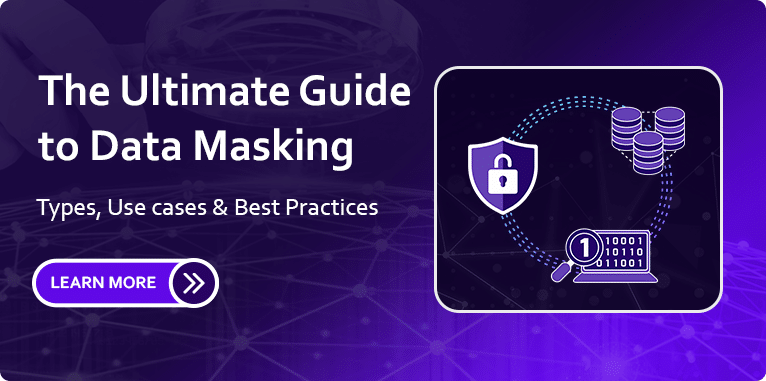

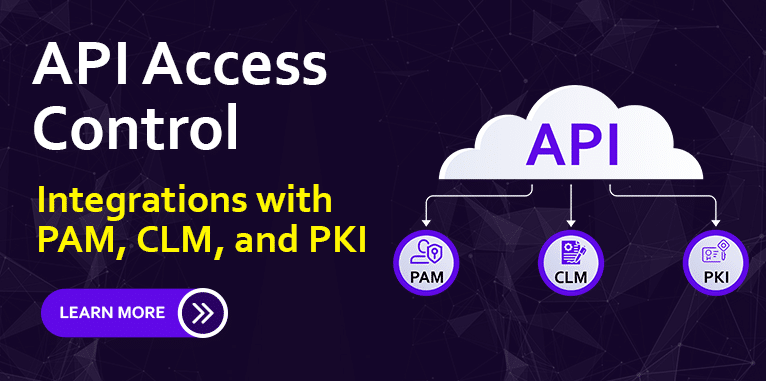
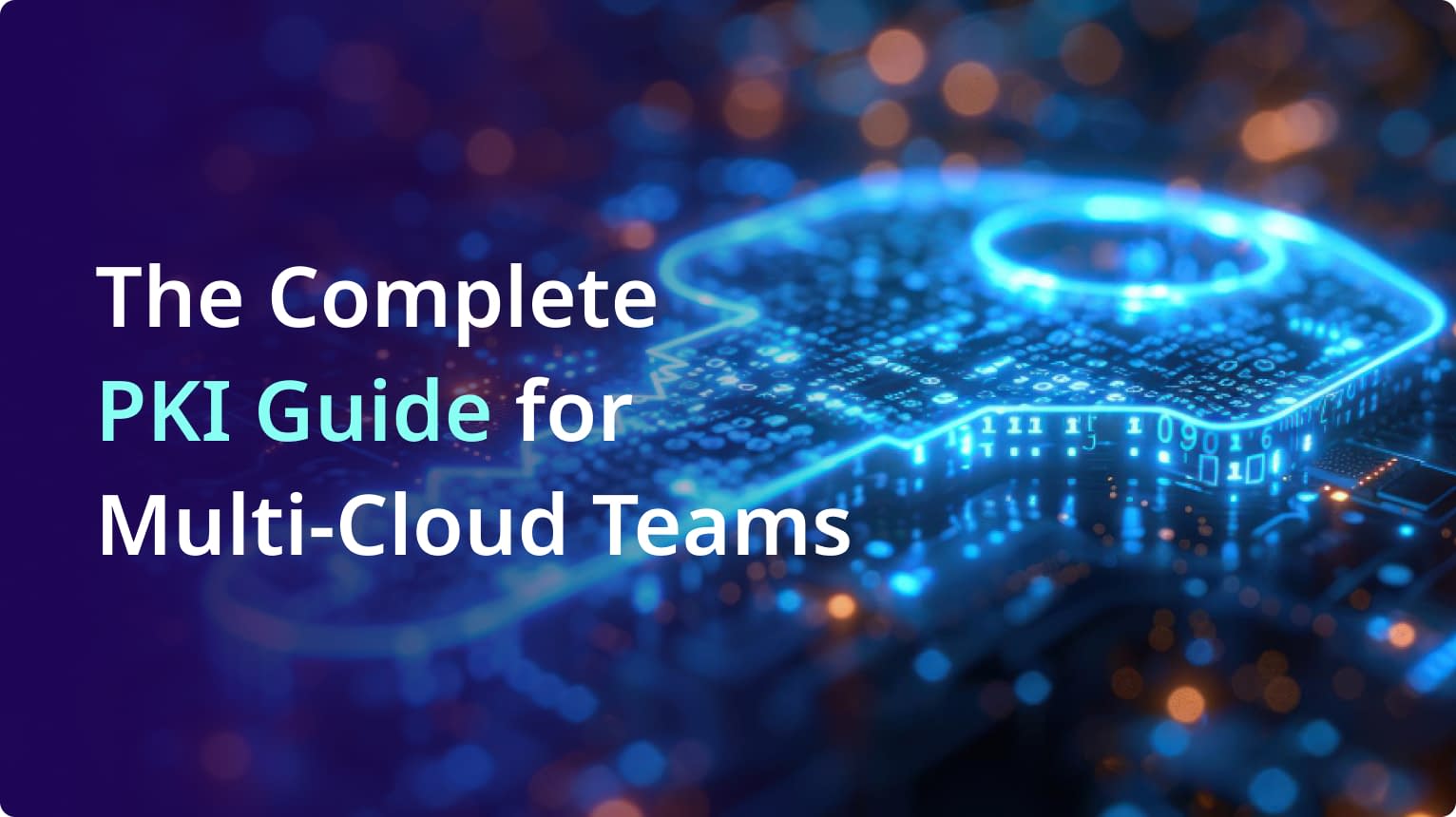
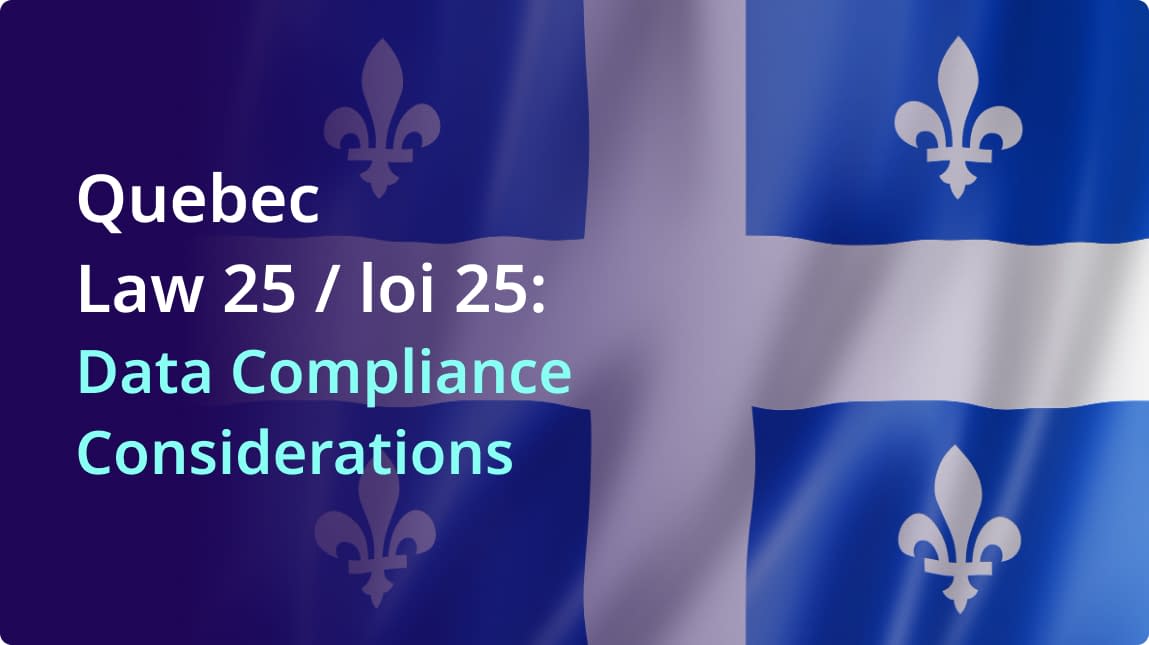

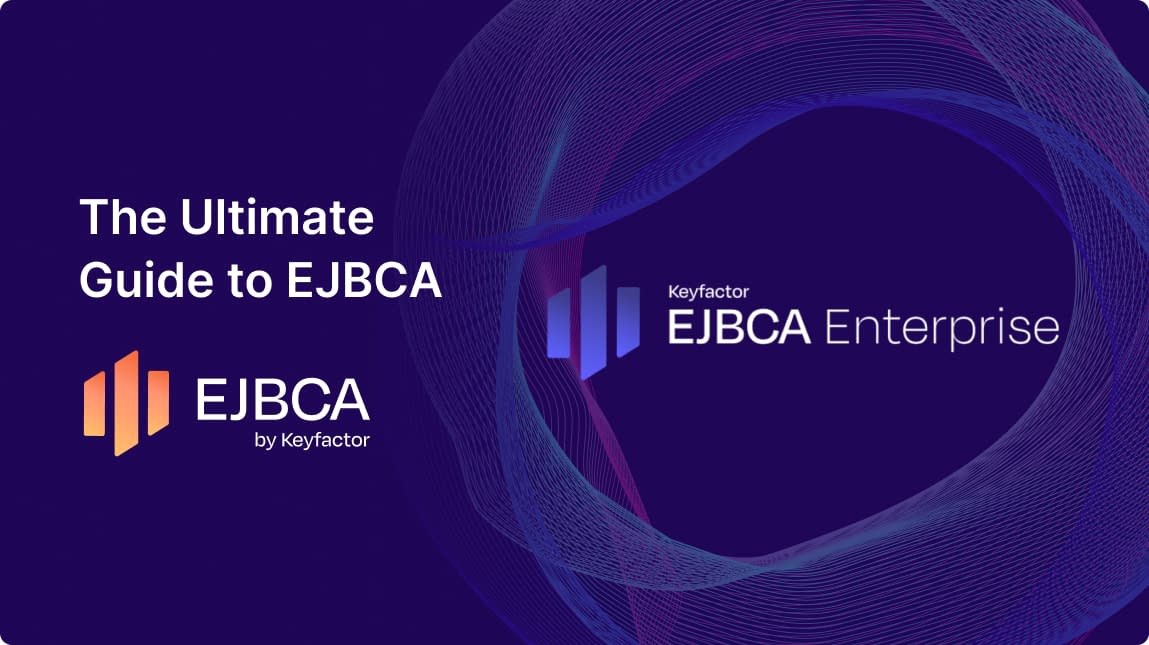
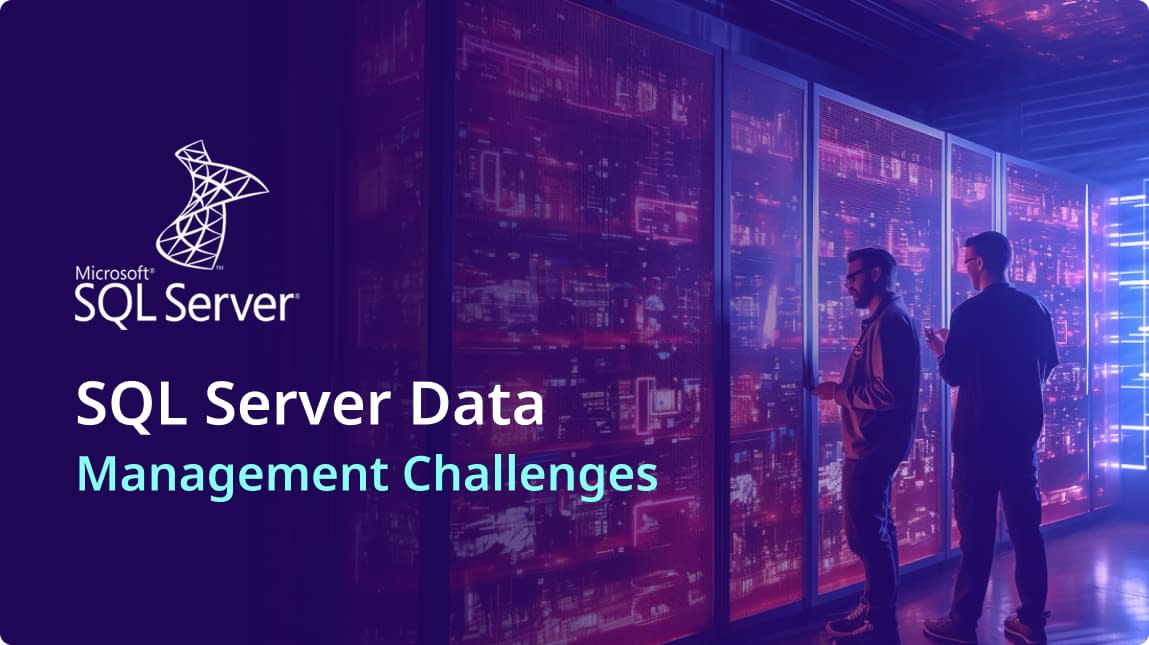
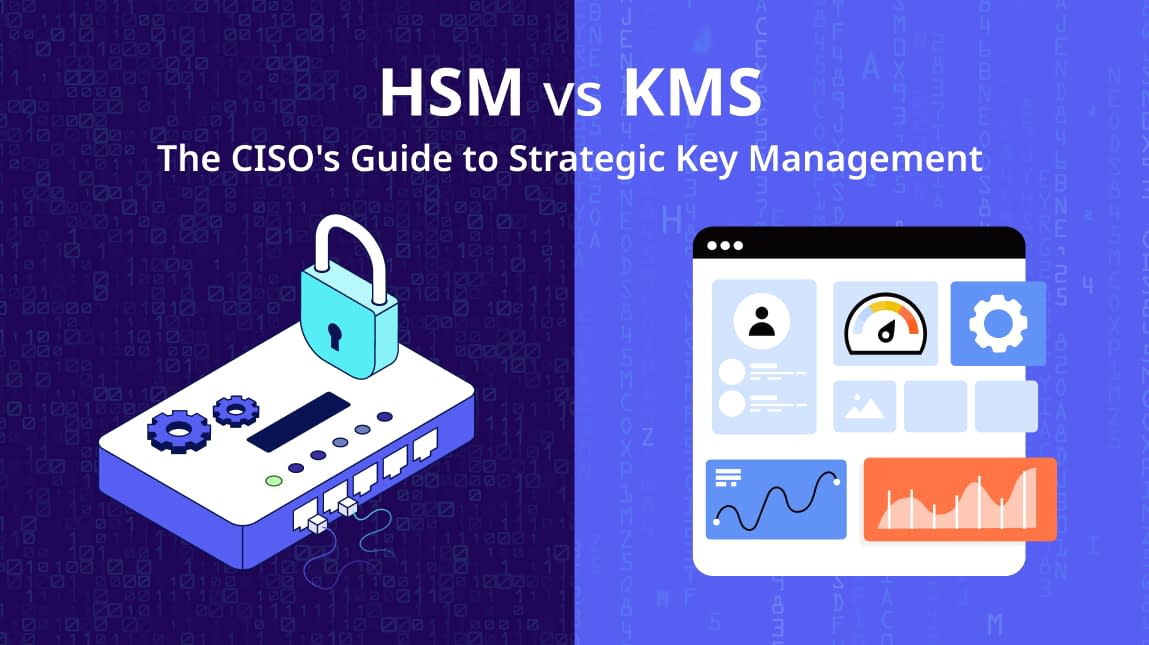
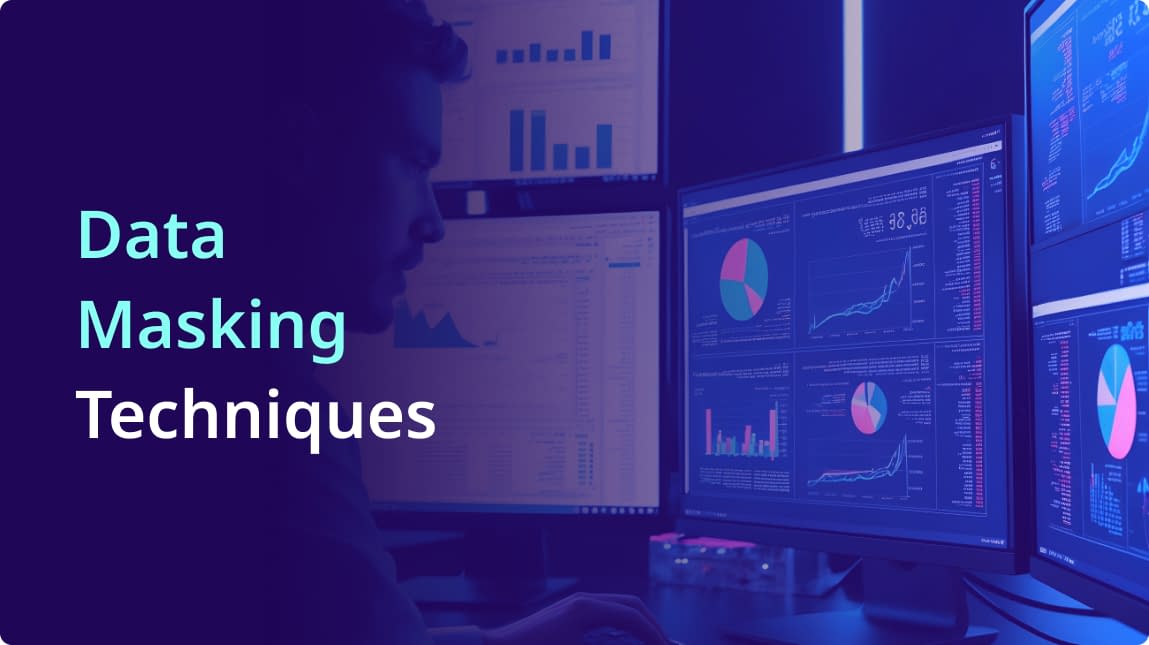
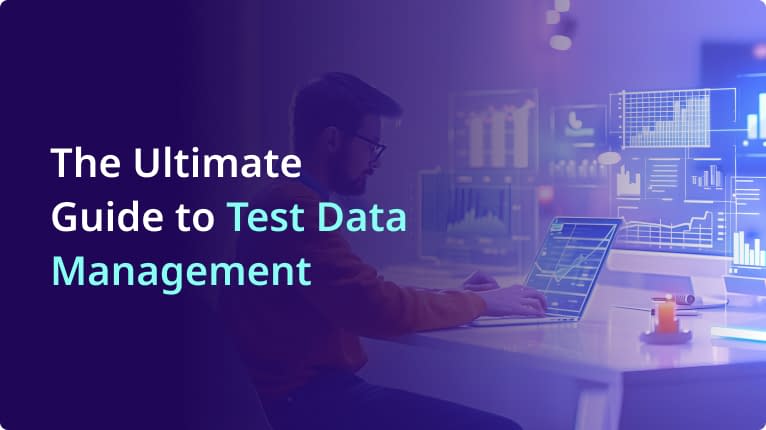
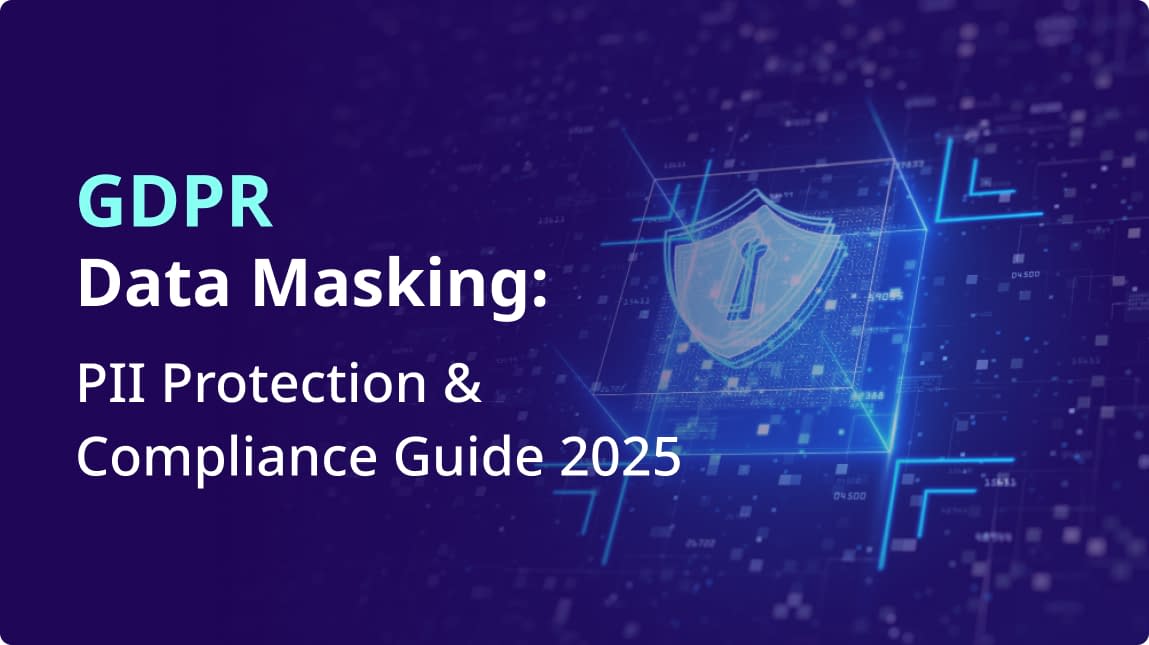
Comment